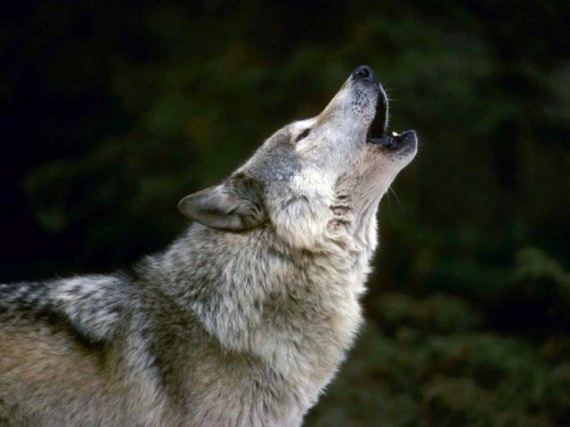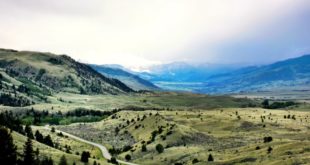The news is bleak, to say the least: the estimated population of 96-98 is down 23 percent over the 2008 population tally of 124, and down considerably over the high of 174 in 2003. To make it worse, there are only six breeding pairs (defined as a male, female and two surviving pups), the same as in 2008.
Why are the wolves dying off? No one seems to have a good answer; the experts say distemper isn’t a factor, but malnutrition and mange are. And we’re guessing there’s a lot of scientists pondering the issue. Still, when you stop to consider the wolf population is now the lowest it’s been in a decade, a red flag or two should be heeded.
Here’s the official press release from Yellowstone National Park:
Wolf numbers in Yellowstone National Park declined for the second consecutive year. The decline was expected and considered natural.
The Yellowstone Wolf Project reports the 2009 population at 96-98 wolves, down 23 percent from the 124 wolves recorded in 2008. This is the fourth decline since wolf reintroduction began in 1995. A population high of 174 wolves was recorded in 2003. In 2004 and 2007, 171 wolves were counted.
Population declines in 1999, 2005, and 2008 were associated with the disease distemper. So far there is no evidence that distemper was the cause of the 2009 decline. Probable causes for this last decline were wolves killing each other, malnutrition, and mange.
The greatest decline occurred on the northern range, the area with the greatest wolf population density. Wolf numbers there dropped 29 percent, from 56 to 40 wolves.
The decline in the wolf population in the interior of the park was smaller. Those numbers dipped from 68 to approximately 58 animals; off 15 percent from the previous year.
The number of breeding pairs in the park remained the same at 6. This is the lowest number of breeding pairs recorded since 2000 when wolves first met the minimum population requirement for delisting. A “breeding pair” is defined as a male and female with 2 surviving pups. Poor pup survival, due primarily to disease, has kept that number low.
Wildlife biologists affirm that the Yellowstone wolf population has recovered, and that wolf population numbers can be expected to fluctuate as they do for other wildlife species.
Multi-year research projects are underway to help wildlife biologists better understand the impacts of disease and of animal social dynamics on wolf population changes.
We’ve also set up a free Twitter account so you can receive updates on the device of your choice.
 Yellowstone Insider Your Complete Guide to America's First National Park
Yellowstone Insider Your Complete Guide to America's First National Park





